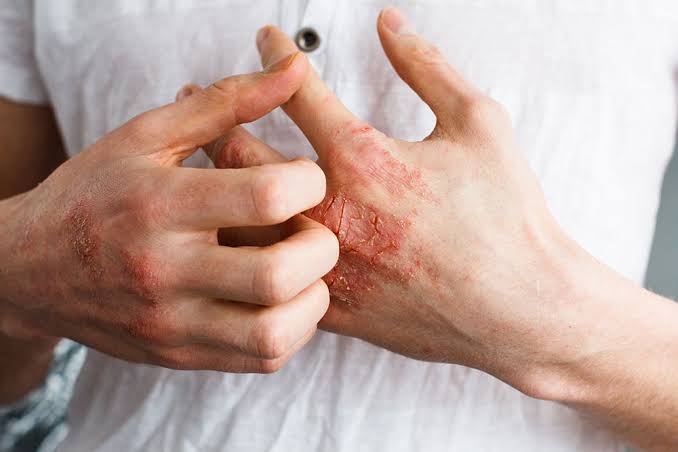
Some people who suffer from diabetes may think that their skin is far from the harm of this disease and that there is no negative impact on it as a result of it But the truth is quite the opposite, because this disease affects all organs, including the skin.
The latter becomes thicker and less elastic with the passage of time due to the increase in the thickness of its dermis and the loss of many of its elastic fibers.
These two reasons make the skin less tolerant to pressure and bruises and more likely to form blisters and then infections.
When a pain sensation disorder develops due to nerve damage in the feet as a result of diabetes
The patient begins to ignore minor traumatic injuries that develop into infections and erosions that are difficult to heal (abscesses, plantar perforators).
Due to malnutrition, immunity, restoration, and vascular insufficiency
Neglecting comfortable, wide shoes and healthy positions for the feet makes them vulnerable to the formation of calluses, which exacerbate the disease and cause a deterioration in the patient’s condition.
Diabetes increases skin and fungal infections (inflammation of the foot, outer ear, and facial nerve due to Pseudomonas aeruginosa,
Anal, vulvovaginal, cutaneous and deep candidiasis, commissure and gingivitis, ketoconazole is not recommended).
Facial sweating is seen in elderly patients who often suffer from severe renal impairment
In contrast to solid edema, which is seen at a rate of about 2.5% in patients with type 2 diabetes, which is not affected by various treatments or blood sugar regulation, and affects the upper back, neck, and upper shoulders to a degree.
The first avoids endings in all its stages.
Other skin lesions that affect diabetics:
Cold toes, hemorrhages and pigmented purpura on the legs, as well as erythema similar to erythema on the leg or dorsum of the foot, atrophy of the skin of the lower extremities, diabetic dermopathy (atrophic pigmented spots on the legs) often.
After trauma or inflammation, physiological wear and tear, lipomas, red face, telangiectasia around the nails, onychodystrophy, yellow nails, non-traumatic blister on the extremities, non-scarring, and heals spontaneously within 2-5 weeks.
Chromatism, oozing of the extremities, difficulty in moving the joints, hair loss, paleness when standing.






